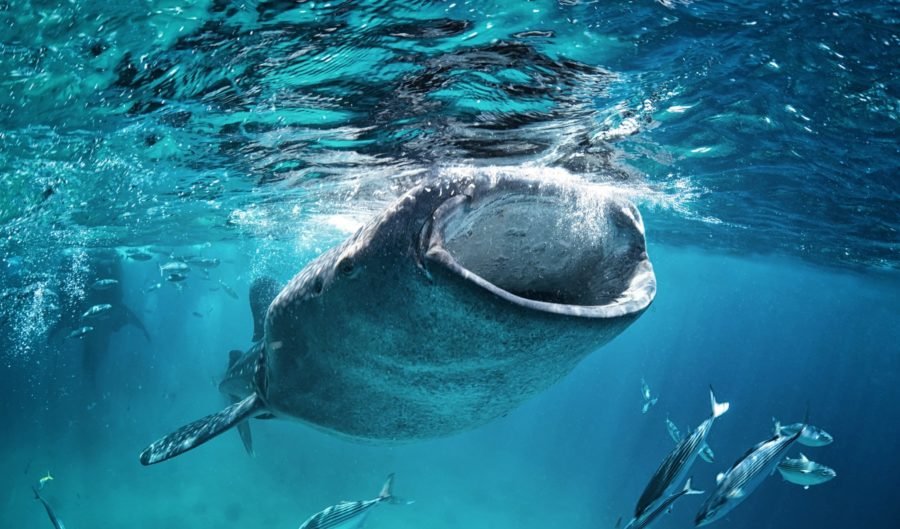How adequate are Australia’s shark conservation efforts?

Dr Blake Chapman
Dr Blake Chapman

AUSTRALIA IS FORTUNATE to be a hotspot for shark diversity. In fact, a quarter of the 1,250 known species of sharks and their relatives (i.e. rays and chimaeras) that live in the world’s oceans and rivers can be found in Australian waters.
Not all of those species are restricted to just Australian waters, though; most sharks have broad ranges and move freely between borders. However, an impressive 70 species of sharks are found nowhere but Australia.
While this impressive biodiversity is certainly something to boast, it also means that we should feel a great responsibility to protect these animals.
A recent ‘report card’ published by the Fisheries Research and Development Corporation evaluated the status of all of Australia’s shark species, along with an additional 14 ‘shark-like’ rays (due to the similar pressures they face as a result of finning).
Overall, it was found that Australia has done a good job in managing its sharks. However, continued effort is needed, and much greater attention needs to be given to some species, in particular, if we hope to maintain our impressive diversity.
So what did the report say?
The report found that the majority – 62.3 per cent – of Australian shark species were considered to be sustainable.
For the purposes of the report, ‘sustainable’ meant that it was unlikely that fishing efforts had caused significant reductions to the population.
An additional 21.1 per cent of species could not be assessed, due to a prohibitive lack of information on these animals. These were mostly deepwater species that are difficult to come by, and are rarely caught in fishery programs.
Despite only having limited information available, none of these species were thought to be under immediate threat. And happily, nine species appear to be recovering from historic declines due to overfishing.
The negatives
Unfortunately, not all reports were great.
Six shark species were considered to be presently ‘depleting’. This list notably includes the ecologically important tiger shark, pelagic and big-eye thresher sharks and shortfin mako shark.
Most worrying, though, is the 18 species (9 per cent of all species assessed) that are already considered to be overfished and ‘depleted’. This group includes hugely iconic and economically important species, such as the whale shark, white shark, scalloped and great hammerheads, school shark and grey nurse shark.
While this was certainly not good news, encouragingly, 16 of those 18 species are already protected in Australia or have some sort of fisheries management measures in place.
The two unlucky species that were found to be in greatest need of future attention were the whitefin swellshark and Colclough’s shark.
Never heard of them? I’m not surprised!
Both are native species and only found in Australian waters. But among the great diversity that exists in sharks, only a select few have become popular and well-known.
Meanwhile, (and I quote this excellent term from the report) the ‘charismatically-challenged’ sharks often go unknown and unnoticed. Yet, so many of these lesser-known species are equally as fascinating as their larger, more noticeable counterparts. And most importantly, all of these species are worthy of conservation efforts.
Ironically, neither the whitefin swellshark or Colclough’s shark are actually targeted by fishing efforts; they are taken mostly as unintended catch by trawl fisheries.
How does Australia fair in comparison to other countries?
The conservation status of many sharks was also recently updated by the International Union for Conservation of Nature (IUCN), allowing for a global comparison of Australia’s efforts towards shark conservation.
Happily, Australia is well-above average in the status of its sharks and rays. By IUCN classifications, just 13 per cent of Australia’s sharks are considered to be ‘threatened’: half the number of species considered to be threatened globally.
Only one shark population is considered to be worse off in Australia than globally, and that is the east coast population of grey nurse sharks.
While it is disappointing to have even one species classified this way, the major hit to grey nurse sharks occurred decades ago.
The population decline was noticed, acknowledged and the species has been protected in New South Wales since 1984, and nationally since 1996. A grey nurse shark recovery plan has been in place since 2002.
However, recovering shark populations following severe declines is enormously difficult. Despite decades of protection and management efforts, the east coast grey nurse shark population is still considered to be depleted.
The Australian sharks’ report card was considered mostly in the context of fishing efforts, as fishing – including commercial, recreational and illegal activities – remains the most significant threat, by far, to our sharks and rays.
Sharks are such a diverse group of animals that very few generalities can be made. This even extends to fishing pressure.
It’s been proven that some species can be sustainably fished, whereas others decline rapidly with only limited fishing pressure. Therefore, it seems fitting that this is where the majority of management efforts should be focused.

